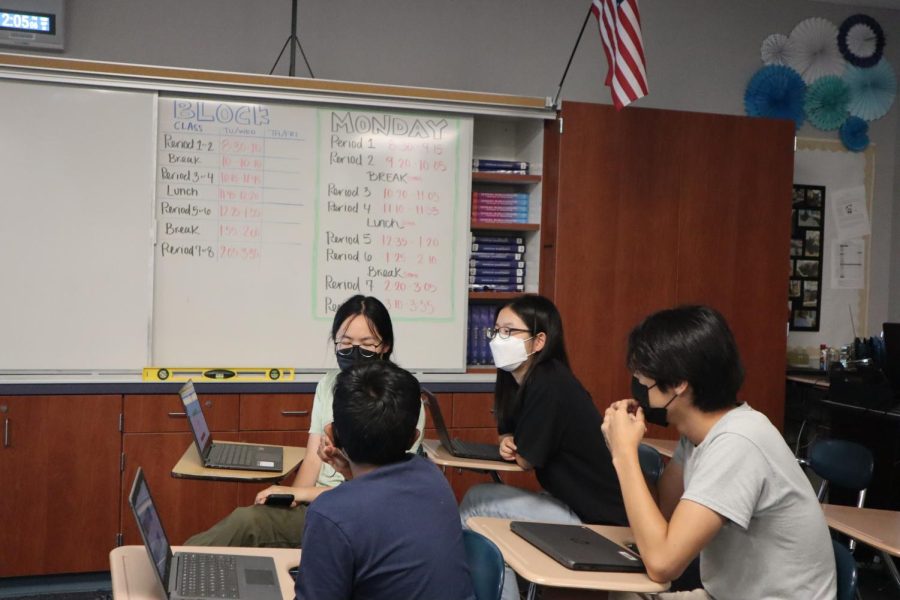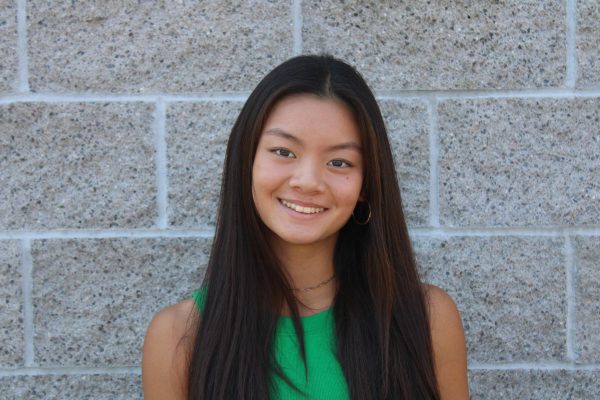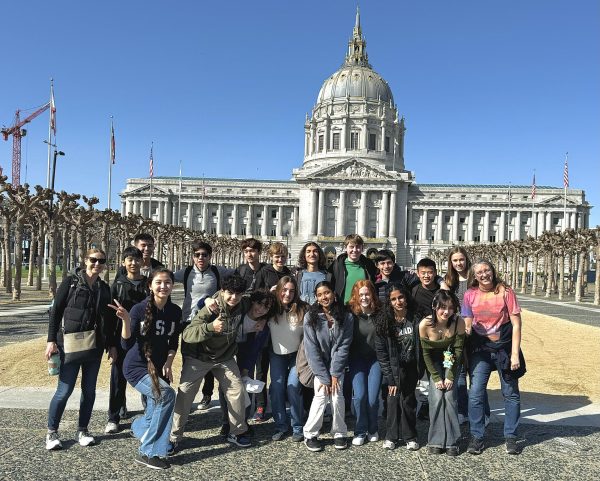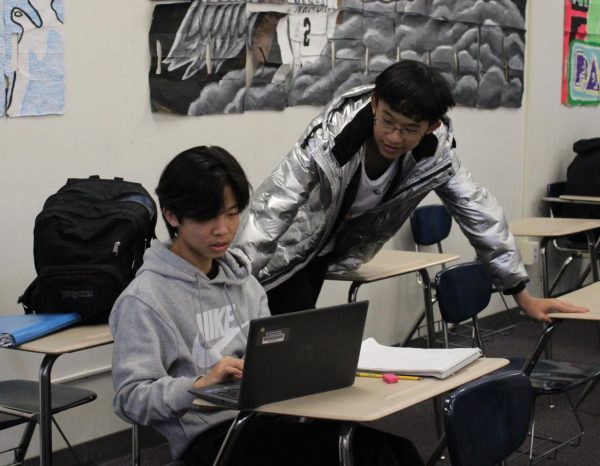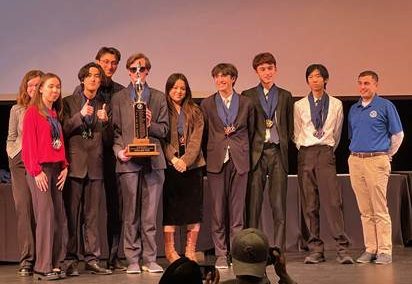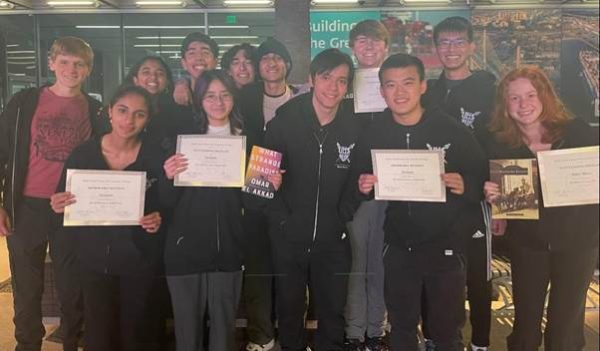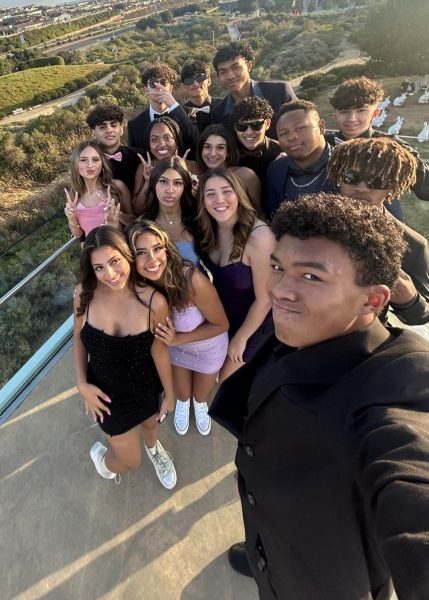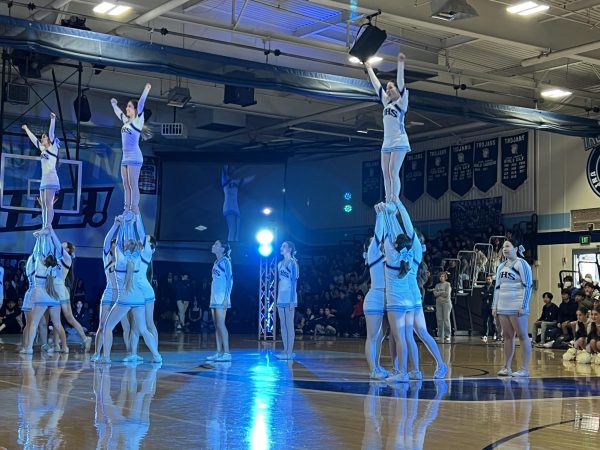A Nationwide Increase of Students Taking AP Classes
AP students participating in a class discussion.
November 8, 2022
Over the last decade, the number of high school students taking AP classes has risen by more than 65 percent. Since 2009, there have been more than 5,000 schools offering AP courses while the number of states giving their students the chance to earn college credits has more than doubled since 2014.
“I chose to take AP classes because I enjoyed the subjects and wanted to challenge myself,” junior Brinda Samula said. “All my AP teachers are great.”
Many students take advantage of the opportunity to take AP courses to show their college readiness and ability to succeed in higher-level classes. U.S. News reported that “success in AP courses, which are developed by the nonprofit College Board, can boost a student’s transcript and save families thousands of dollars on college tuition.”
The AP program was launched in 1952 in response to the Cold War when many Americans feared that their children were lagging behind the Soviets academically. AP classes were introduced to high school students who demonstrated college-level work. In a report from 1952, the AP Program was announced as “an opportunity and a challenge to . . . the strongest and most ambitious boys and girls.” The AP program had 11 classes available, and around 500 students took these classes. In 1955, College Board took over AP testing and currently administers these tests to this day.
At UHS, over 70% of students take at least one AP class throughout their four years of high school according to U.S. News.
“I wanted to see how hard an AP course would be and the experience that comes with it,” sophomore Andrew Gao said. “AP United States History is tough, but fun.”
There are also drawbacks to taking AP classes. The price of taking an AP exam generally costs $106 each, and students outside of the U.S. and Canada pay an even higher price. This heavy cost discourages many students, especially those from low-income families, from taking AP classes. The price for these exams can easily add up when multiple AP classes are taken.
With the high level of rigor from AP classes, new standards arise. AP classes are meant to be college-level which will be time-consuming and require more effort than classes with less rigor. However, many selective schools only give credit for some of these courses.
“I found my AP class very challenging,” sophomore Rachel Park said. “It definitely has different expectations compared to the classes I took in freshman year.”
Currently, at UHS, there are 29 AP courses available for high school students to take. The most popular classes are English Language and Composition with 476,735 test takers, United States History with 399,676 test takers, and English Literature and Composition with 297,009 test takers in 2021. At University High School, the average pass rate for these classes is 90%, while the nationwide average is only 60%.


